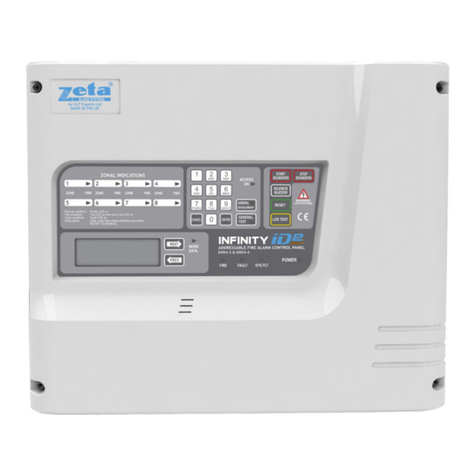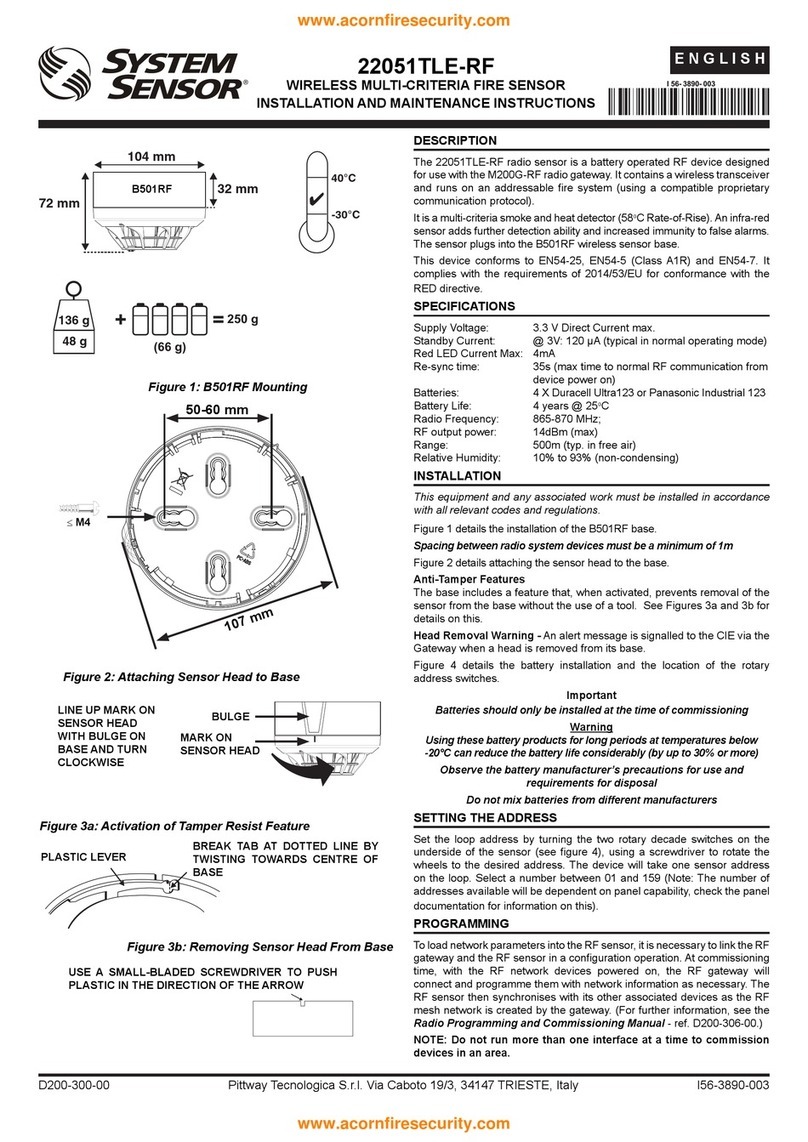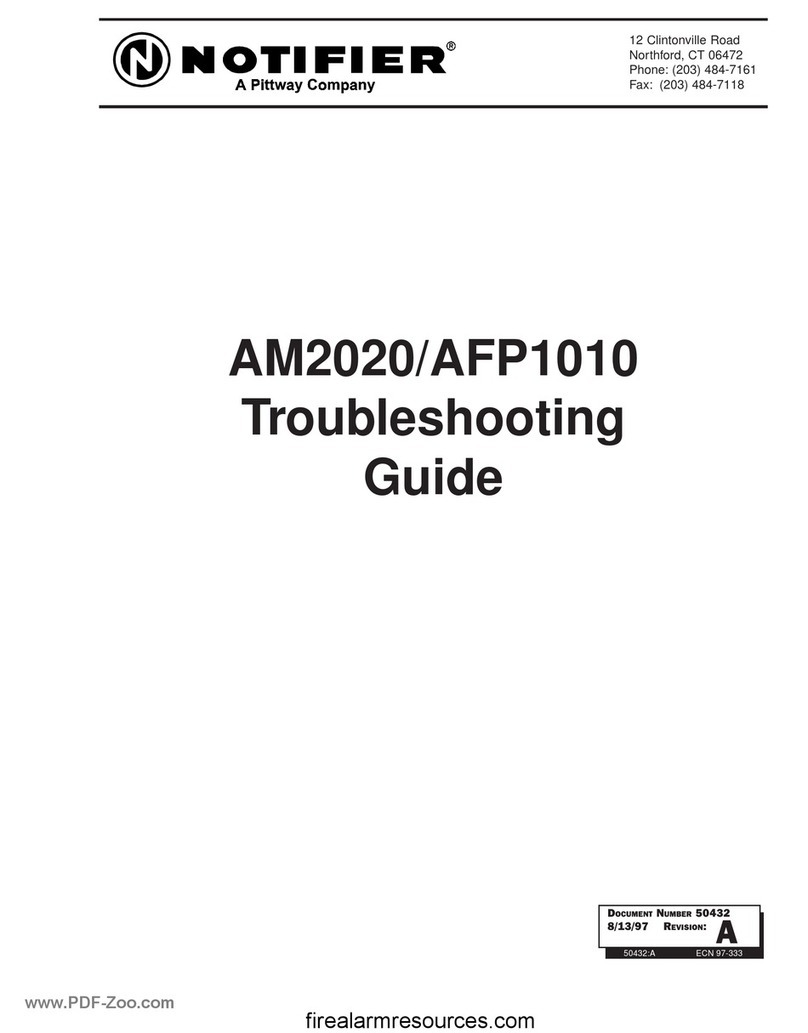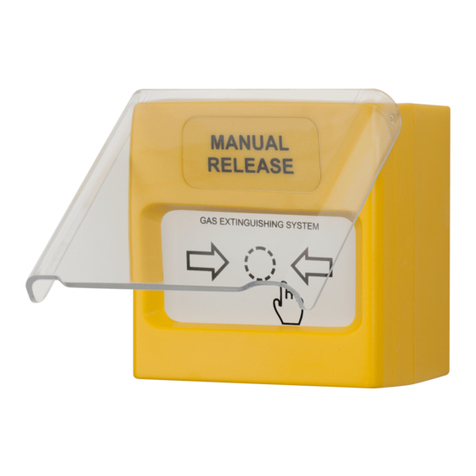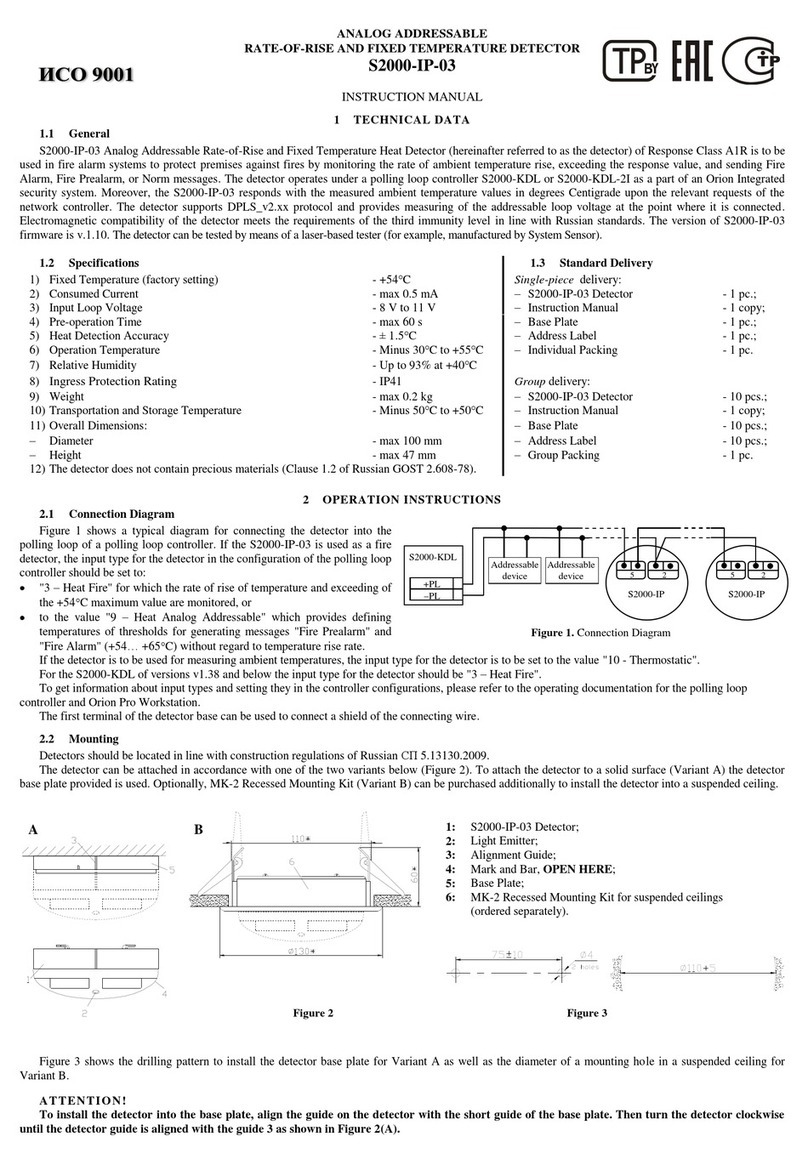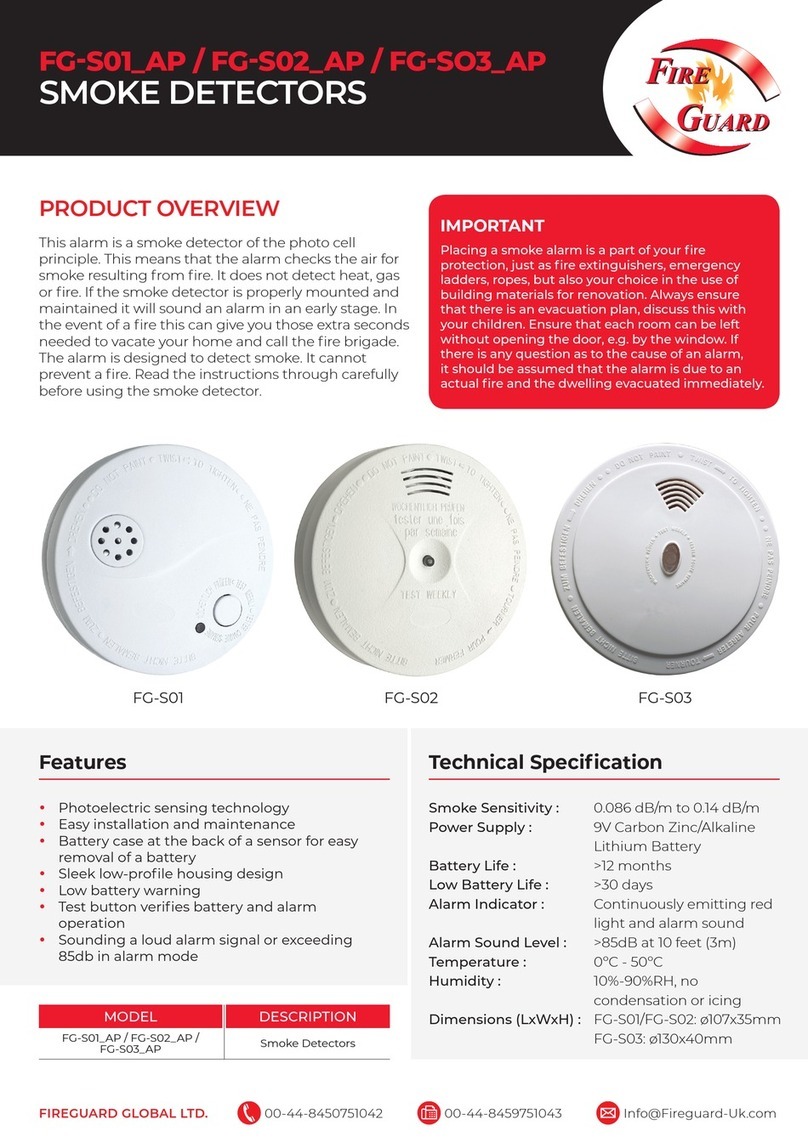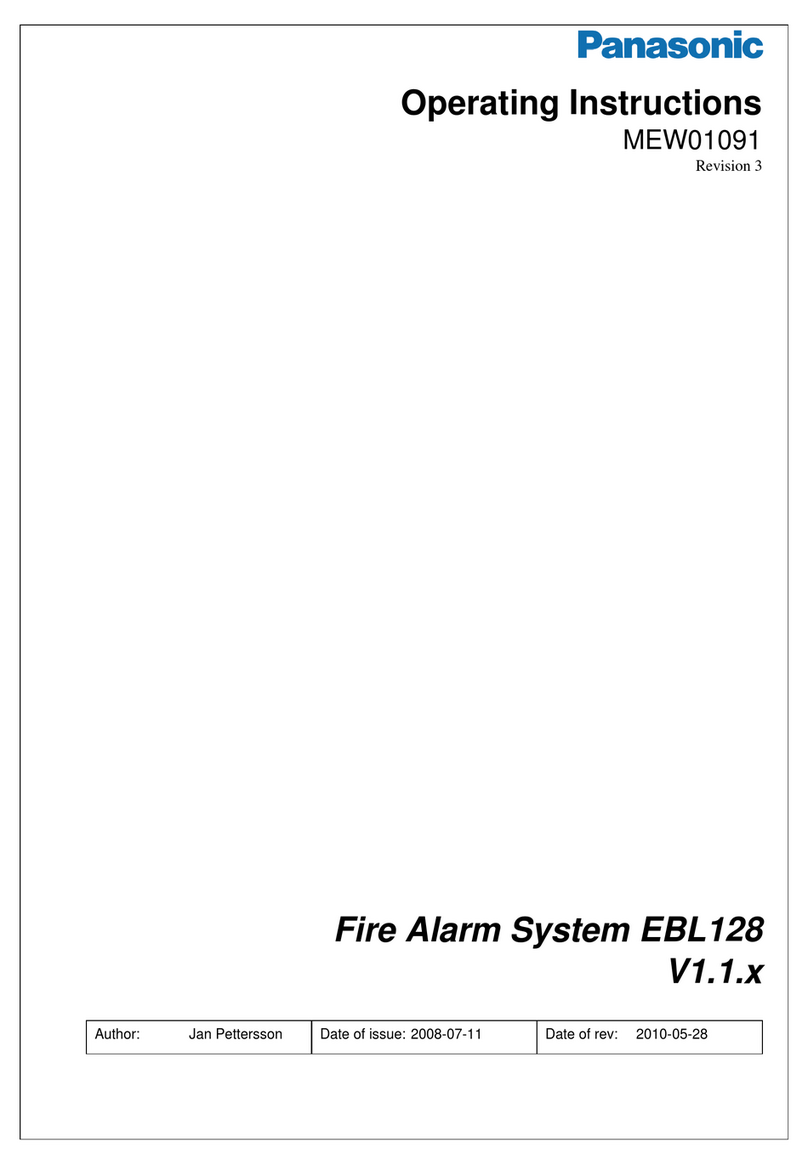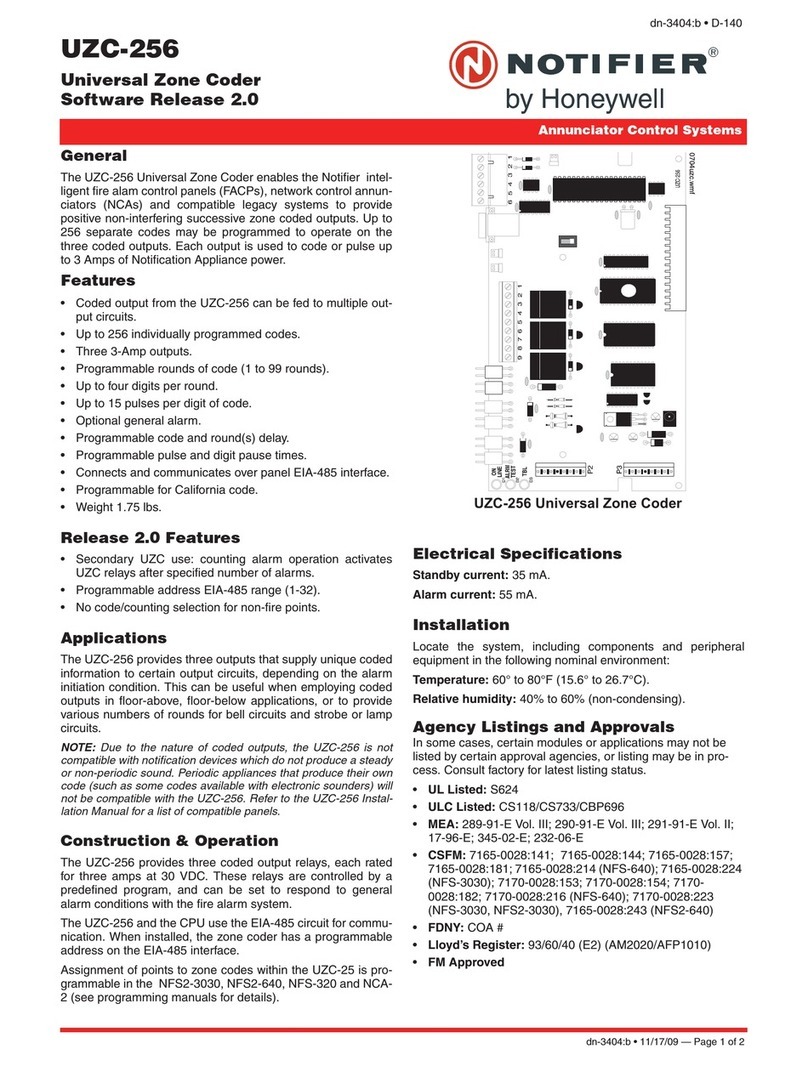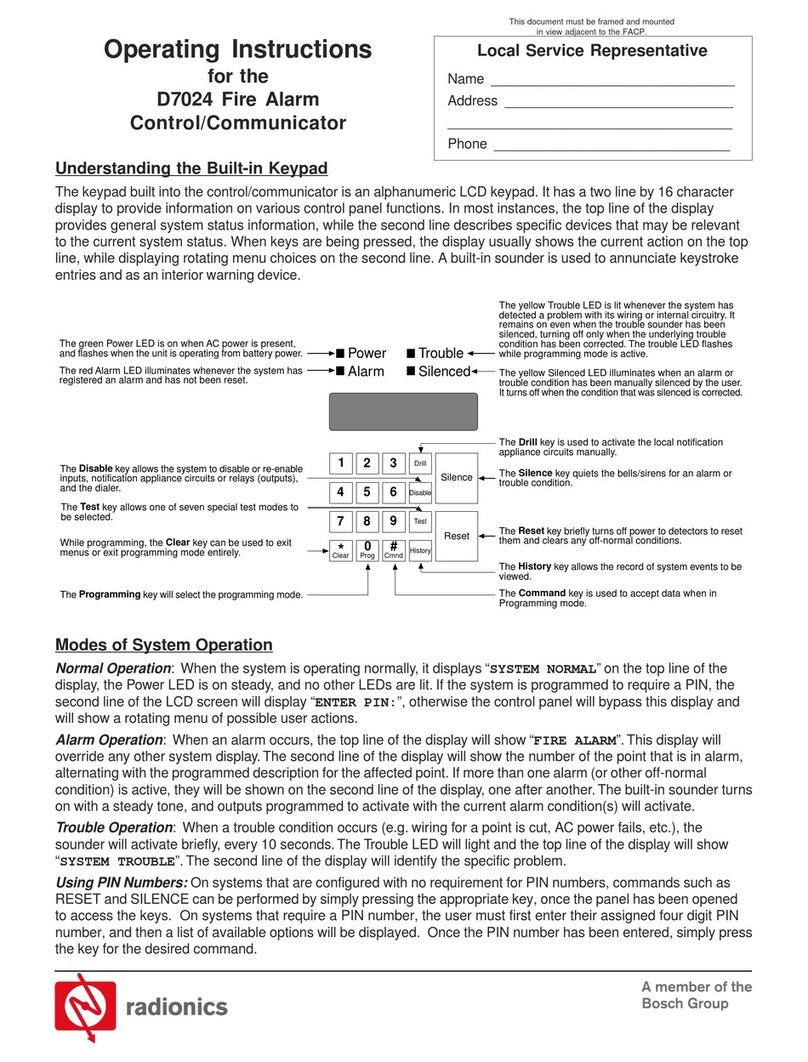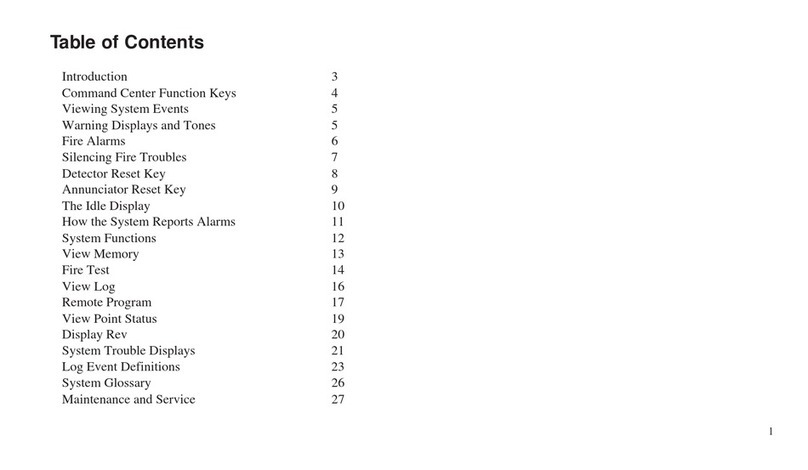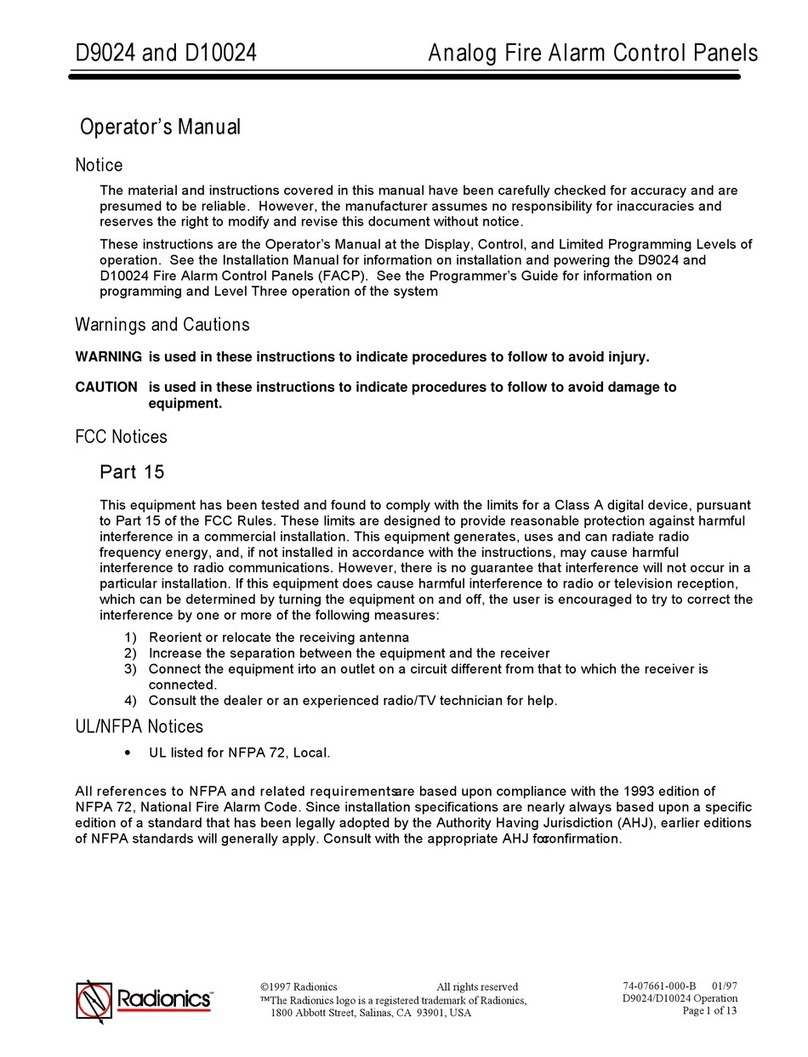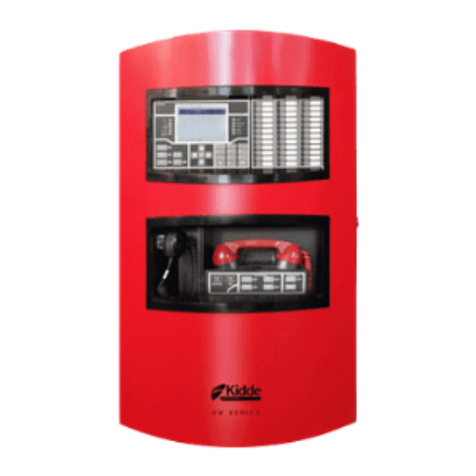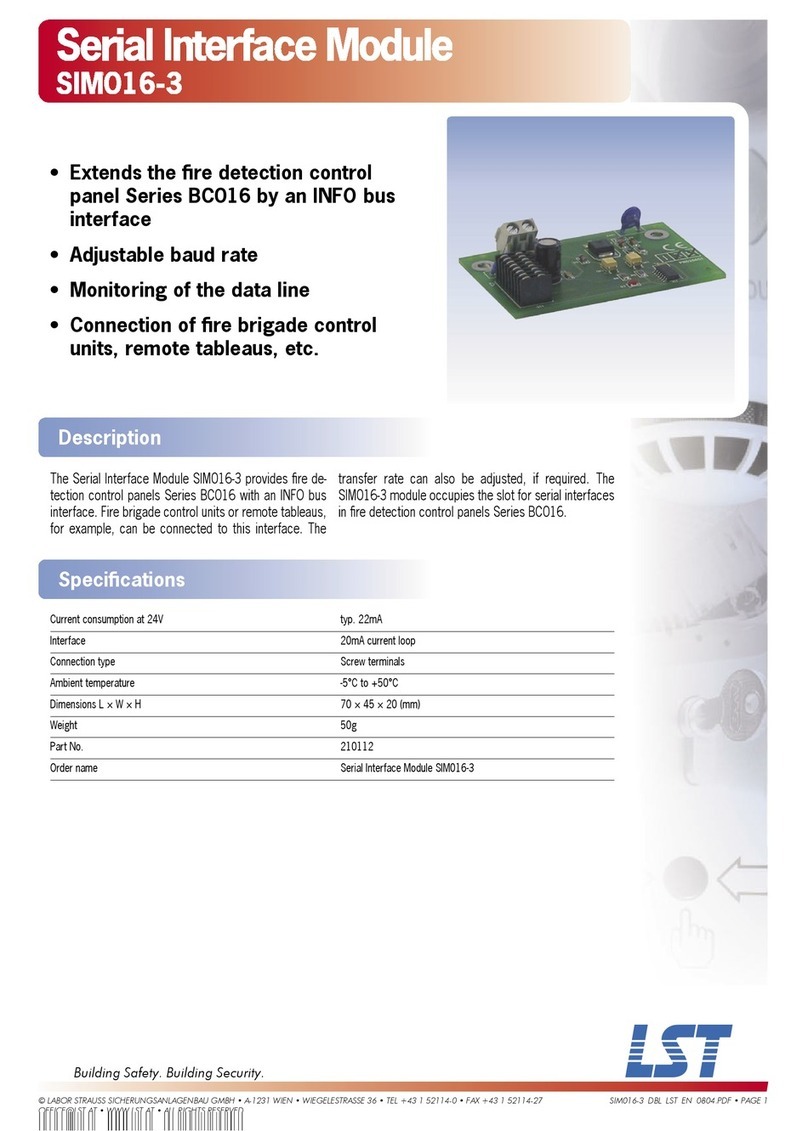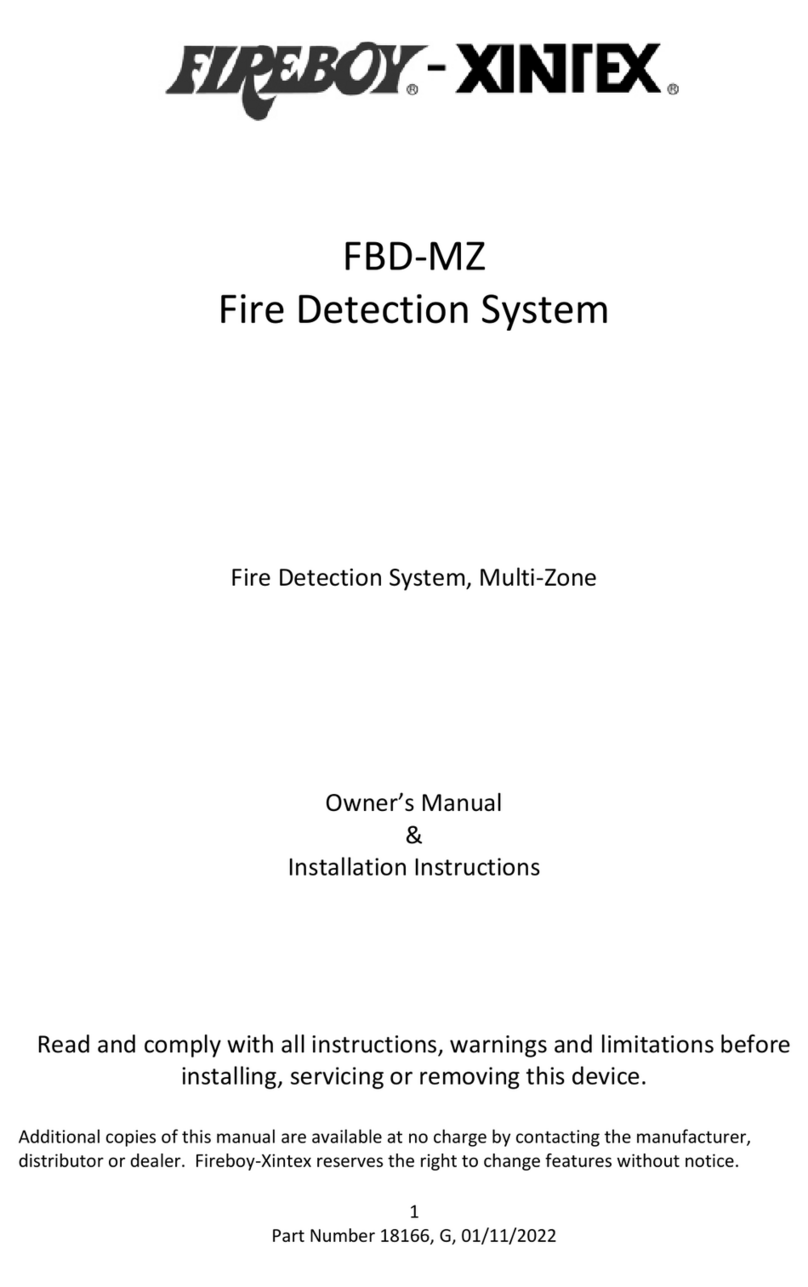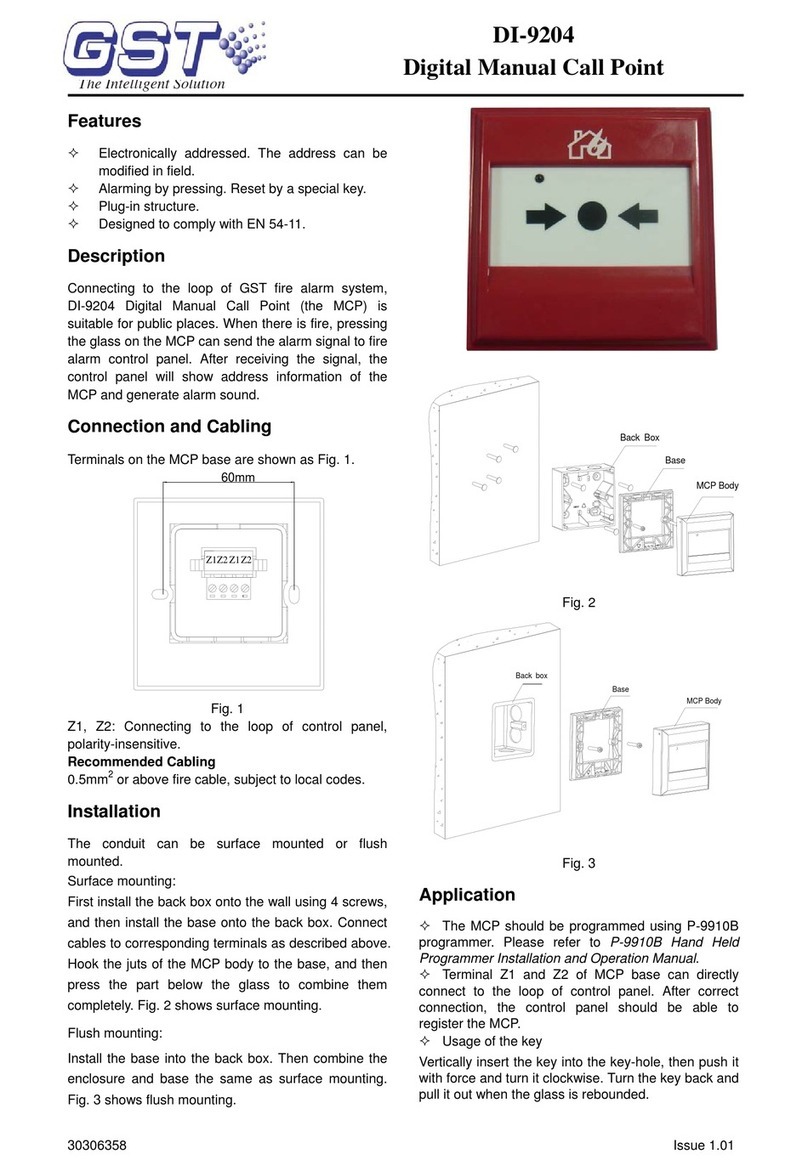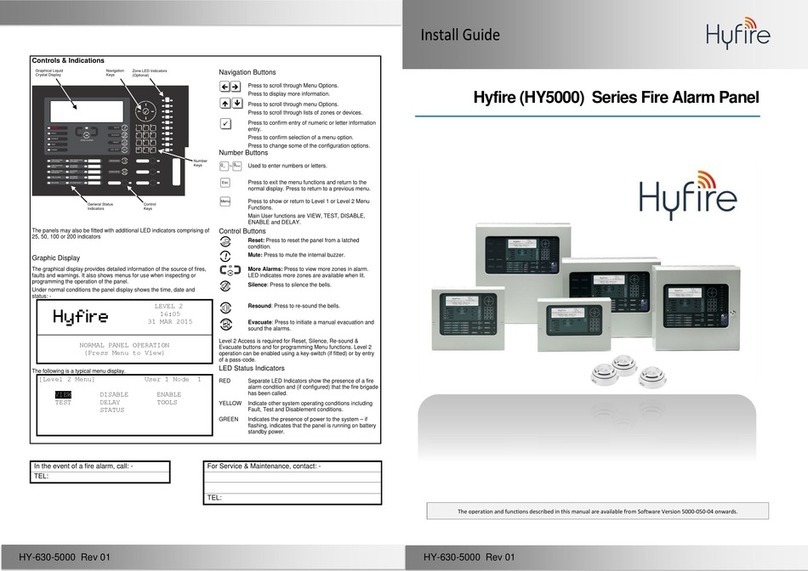
Table of Contents
1997 Radionics All rights reserved
The Radionics logo is a registered trademark of Radionics,
1800 Abbott Street, Salinas, CA 93901, USA
74-07649-000-B 01/97
D9024/D10024 Installation
Page 2of 17
Notice ............................................................................................................................................................1
Warnings and Cautions..................................................................................................................................1
FCC Notices..................................................................................................................................................1
A. D9109A Enclosure Installation..................................................................................................................4
A.1 Semi-flush Mounting.............................................................................................................................4
A.2. Surface Mounting..................................................................................................................................4
B. Circuit Connections...................................................................................................................................5
B.1. Polling Circuit (D9067).........................................................................................................................5
B.2 Peripheral Circuits................................................................................................................................6
B.3 Notification Appliance (Indicating Device) and Output Circuit Connections...........................................6
C. Control Panel Components.......................................................................................................................7
C.1. Control Module....................................................................................................................................7
C.1.a. Control Module Installation.............................................................................................................7
C.1.b. Front Panel Display Connection......................................................................................................7
C.2. D9067 Polling Circuit Module...............................................................................................................8
C.2.a. D9067 Module Installation..............................................................................................................8
C.2.b. D9067 Module Connection to the Control Module...........................................................................9
C.2.c. D9067 Module Connection to Class “B” (Style 4) Circuit..................................................................9
C.2.d. D9067 Module Connection to Class “A” (Style 6) Circuit...............................................................10
C.2.e. Shielded Cable.............................................................................................................................10
C.3. D9051 RS 485 Bus Module................................................................................................................10
C.3.a. D9051 Module Installation.............................................................................................................11
C.3.b. D10024 Attachment Points...........................................................................................................11
C.3.c. D9024 Attachment Ports...............................................................................................................11
C.3.d. D9051 Module Connection to the Control Module.........................................................................12
C.3.e. Connecting Circuit Wiring to the D9051........................................................................................12
D. Power.....................................................................................................................................................12
D.1. AC Power Connections......................................................................................................................12
D.2. D1605 Transformer............................................................................................................................13
D.3. Standby Batteries Installation.............................................................................................................14
D.3.a. Standby Battery Selection.............................................................................................................14
D.3.b. Battery Wiring Connections..........................................................................................................15
D.4. System Startup..................................................................................................................................15
E. Normal Operation...................................................................................................................................17
E.1. Normal Power and Polling Activity.....................................................................................................17
E.2. Trouble or Fault Conditions................................................................................................................17
E.3. Alarm Conditions...............................................................................................................................17
E.4. Resetting the System.........................................................................................................................17
E.4.a. Trouble/Fault Reset......................................................................................................................17
E.4.b. Alarm Reset..................................................................................................................................17
www.PDF-Zoo.com


